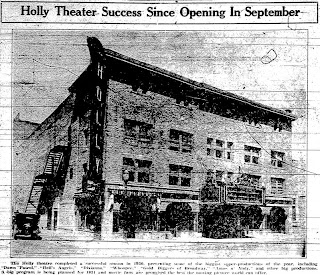The City of Talent, Oregon, located just north of Ashland, has a long tradition of working hard to retain its character while still supporting change. Over the years I’ve had the pleasure of working on several projects in Talent, starting with the city’s first comprehensive survey of historic resources, and continuing through helping with the development of the city’s landmark protection code. Talent, with just 6,000 or so residents, has done a fine job of identifying what it values and then making sure it has the tools in place to to keep its history playing a role in its future. One example is their complete reconstruction of the Talent Railroad Depot. The original depot, actually built in Medford in the 1880s, was moved to Talent in 1900 and then was razed in the 1930s. The city, using grant funding, rebuilt it with careful detail and it once again sits next to the tracks, right in the heart of town.
Talent's many volunteers, and staff, have made historic preservation and good design a recognized value in the city, a fact that means the actual designation of historic resources has lagged behind many other southern Oregon towns, even as Talent' s buildings are protected and often restored. Some years ago I was honored to to be involved in the restoration of Hanscom Hall, the first, and still the only, building in Talent to actually be listed on the National Register of Historic Places. Recently, with funding from the Robertson Collins Fund, the City has hired us to prepare a National Register nomination for the Talent Community Center, built at the Talent Elementary School in 1899. Talent is finally going to have a second NR-listed building.




